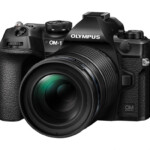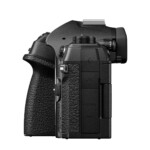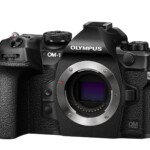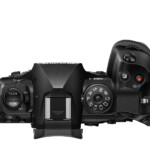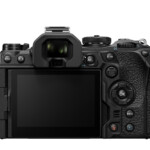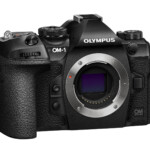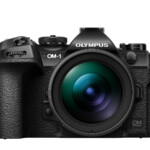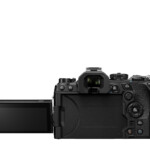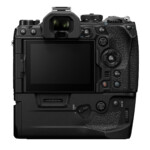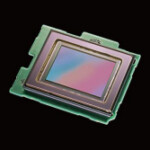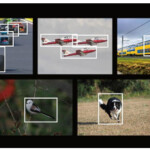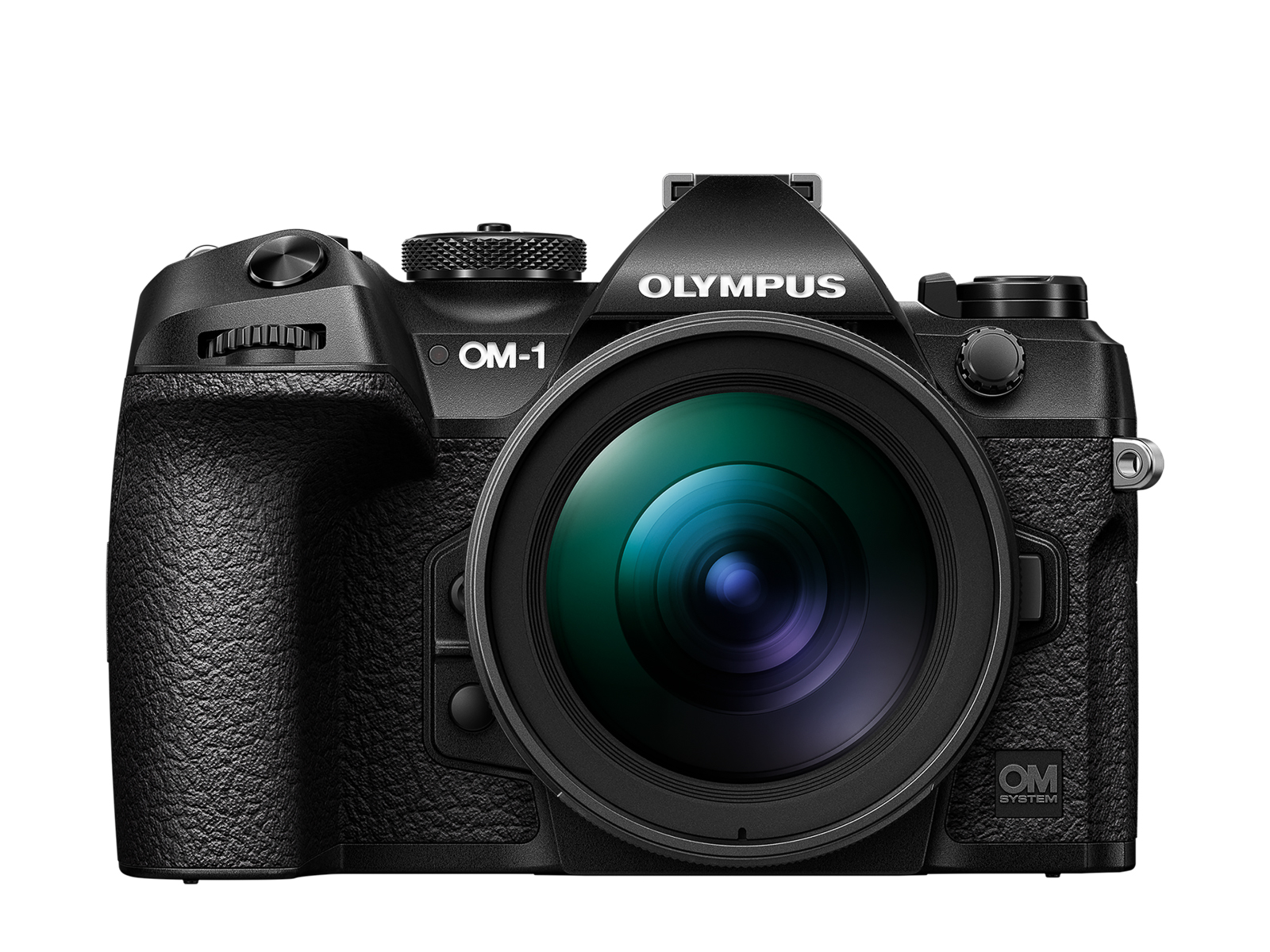
OM Digital Solutions have been generating a lot of pre-launch excitement about its first new ‘E-M1’ line of cameras since it acquired the Olympus camera division last year. There are also two new, OM System-branded, lenses. So is it worthy of the pre-launch marketing hype? (And don’t miss the full product image gallery at the bottom of the article.)
Headline features
- ‘Olympus’ brand retained for one last time to mark the 50th year since the introduction of the original 35mm film OM system.
- Significantly more features and radically greater performance than the previous E-M1x flagship model but in a compact body similar in size and weight to the E-M1 Mark III.
- Completely, new ultra-fast frame rate, ’backside illuminated’ (BSI) and stacked 20-megapixel sensor that OMS says will increase the ISO noise headroom by no less than two stops and increase dynamic range by 1 stop. More on this, in detail, later.
- ISO range now ranges from 80-25,600, Live ND provides ND 2-64.
- A new type of cross quad pixel phase detection focus point is used and there is a radical increase in number from 121 to 1,053m, covering most of the frame.
- Significantly improved AI-driven AF subject identification and tracking and continuous focusing at faster sequential frame rates. Dogs and Cats are now identifiable by the AI system.
- TruePic X image processor chip-set is three times faster than the previous TruePic IX
- Additional AF On button.
- A brand new doubled resolution viewfinder using OLED display tech with view magnification up to 1.65x and further reduced latency.
- Black-out free sequential shooting at up to 120 frames per second.
- Improved resolution rear display screen.
- Dual UHS-II SD Card slots.
- Improved IP53 dust and splash-proof rating.
- Redesigned menu system for improved ease of use.
- 4K video shooting without cropping and no more 29 minute clip recording limit.
- Image stabilisation now offers up to 8 EVs of compensation depending on lens used.
- Hires modes are now processed in as little as 5 seconds instead of 12 and the mode is now selectable by using the video record button.
- A new, smaller, 20% higher capacity, BLX-1 battery which can be charged in-camera via USB-C.
- Optional dual-slot BCX-1 battery charger, USB-C power compatible.
- New optional HLD-10 dual battery portrait mode grip.
- New optional multiple function RM-WR1 Wireless (Bluetooth up to 5m) or wired remote control.

Comparing old and new
While specifications for the new digital Olympus OM-1 have been widely leaked, it’s important to put the details into some context. Although the exterior design of the OM-1 is a mild evolution of the E-M1 series, effectively filling the role of what would gave been an E-M1 Mark IV, everything under the skin is a major upgrade in performance and ability.
The OM-1 significantly out-performs the E-M1X in almost every way thanks to its new sensor and and Truepic X image processing engine. And your view through the viewfinder is bigger, more detailed, less flickery, with less lag, and mostly without exposure blackouts when using silent (sensor shutter) modes. The battery will last at least 20% longer and significantly better than that when using silent shutter modes.
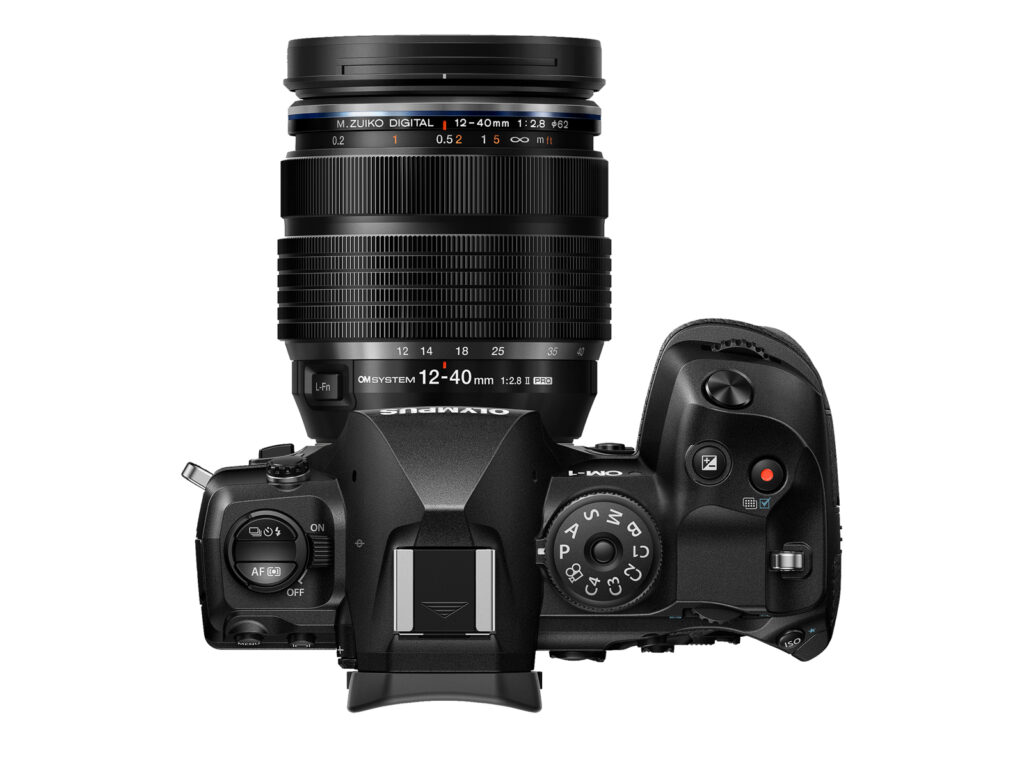
There is no increase in sensor resolution, but thanks to the new sensor’s design you get a step change reduction of two stops in high-ISO noise, a 1 stop improvement in dynamic range and and with a doubled frame read-out rate and the 3x faster Truepic X engine you can shoot at up to 120fps.
On top of all that, the rear screen gets a resolution increase for the first time since the E-M1 was originally launched and the amazingly versatile and comprehensive, if heavy-going, menu system and super control panel has been redesigned with the goal of making it easier to use.
The new sensor and what it means
For the first time, we have a BackSide Illuminated (BSI) sensor and it’s ‘stacked’, meaning the photodiode layer, the part that is light-sensitive is on top of the electronic circuitry (the transistors and wiring). What does this mean?

Traditional CMOS sensors place the transistor circuitry around the microlenses of each photodiode (representing one light-sensitive pixel). This means a high percentage of the surface area of the sensor isn’t gathering light. That limits the sensitivity of the sensor, meaning more noise and lower dynamic range – the limitation which the photodiode reaches saturation.
BSI sensors, originally introduced to improve the performance of very small sensors used in applications like smartphones, effectively turns the sensor around and opens up the rear surface to illuminate the photodiodes. This means larger microlenses can be used and much less light is lost in-between each photodiode. The result is much better performance in low light, meaning a much-improved noise ceiling, but the photodiodes still have a low saturation limit.
By stacking the transistor circuitry behind the photodiode, creating a new layer, room on the photodiode layer is released to increase the size of the photodiode so it can collect more photons before it becomes saturated. This is where the improvement in dynamic range comes from; the sensor can record brighter highlights before the saturated limit.
These improvements now mean the new sensor can claim to be competitive with noise and dynamic range performance characteristics of many full-frame sensors. However, it should be noted that the very latest full frame sensors are also benefiting from these sensor tech advances.
The new sensor’s read-out speed has been doubled, too, enabling full-resolution RAW images to be recorded at up to 120 frames per second. Meanwhile, the new cross-quad phase detect focus points can be evaluated twice as fast, too – and there are 1,053 of them instead of just 121. That’s a lot f data being read from the sensor, very fast, but the new Truepic engine has been boosted by 3x to deal with it. Continuous focusing can now operate at up to 50 frames per second.

Adding it all up
The OM-1 can do virtually everything the big and heavy E-M1x can do, better and faster, in a smaller and lighter body. If you need a pro-style portrait-shooting control grip and extended battery capacity, you have the HLD-10 option. It’s the same message when comparing the OM-1 with the E-M1 Mark III, though they share similar size and weight.
The new sensor and TruePic X combination promise big improvements in the AF performance. I’m told that the AI subject ID ‘knowledge’ and associated algorithms have both improved, apart from the increase in sensor read-out and processing power. The addition of extra subject types, like cats and dogs, that are recognisable is also welcome.
Pricing and availability
The body price is £1,999.99 (€2,199.99) – there are some added value promotions if you pre-order.
The OM-1 body and the new 12-40mm f/2.8 Pro II and the new 40-150mm f/4 Pro are scheduled to ship next month (March).
Concluding
Of course, understanding what the OM-1 should be capable of is one thing. Seeing it in action and seeing real results is another. But there is very little doubt that the OM-1 is much more than a routine, evolutionary, upgrade.
See the discussion on the forum here
And here is a gallery of the product images OM Digital Solutions supplied to us:
